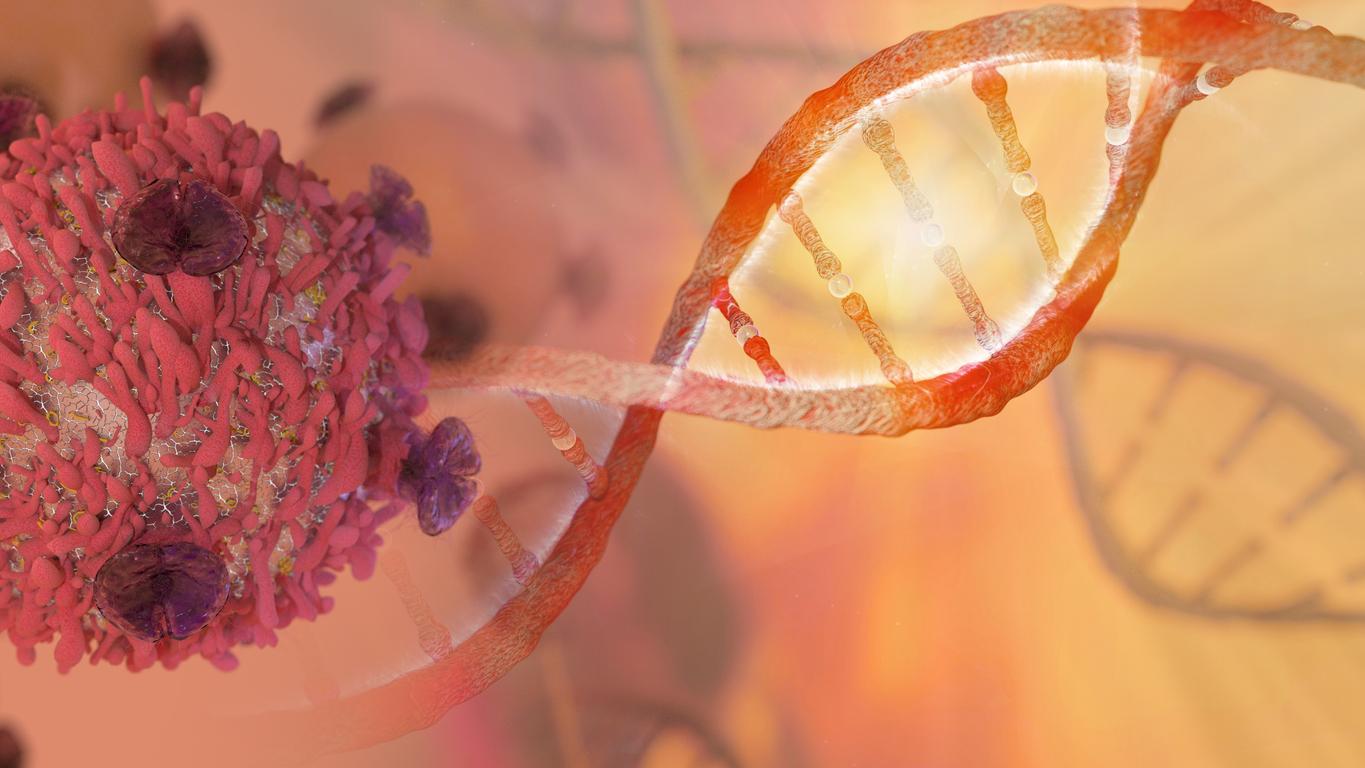At the origin of approximately 45,200 new cases in France in 2015, lung cancer is the deadliest cancer in men (21,000 deaths) and the 2nd for women(9,500 deaths) after the breast cancer. Five years after the diagnosis of the disease, less than one patient in six is still alive.
At the request of health professionals and as part of the 3rd Cancer Plan 2014-2019, the High Authority for Health (HAS) assessed the relevance of screening for lung cancer by low-dose chest x-ray CT scan in smokers. In 80% of cases, in fact, lung cancer is due to smoking.
What is a screening?
Screening aims to detect the presence of a disease at an early stage in people who are a priori in good health and who do not yet show symptoms. But for it to be possible and above all useful to detect a disease, at least 6 conditions must be met:
- The disease must be detectable at an early stage
- A suitable screening test must be available
- Effective treatments must exist
- People most at risk should be easily identifiable
- Screening should reduce mortality
- It must have more advantages than disadvantages.
The 6 conditions necessary for screening are not met
However, these 6 conditions are not currently met for lung cancer. The HAS considers that:
• The disease is difficult to detect at an early stage because of its rapid progression: it is not clearly established that there is a sufficiently long period between the moment when an anomaly is detectable on imaging and the appearance of the first symptoms to carry out a screening.
• The screening examination available is not suitable: the chest scanner generates too many false positives (up to 90% of abnormalities found on the scanner turn out to be non-cancerous after examination).
• The treatment options are restricted, even at an early stage of the disease. Current treatments are essentially surgical, heavy and feasible only in certain cases.
• The people who could benefit from screening are not precisely identifiable: there are no precise benchmarks (number of cigarettes smoked, length of smoking) allowing the smokers most at risk to be identified with precision.
• Reduction of mortality through this screening is not established in the French context.
“There are too many risks and disadvantages associated with this screening for very uncertain benefits: the disadvantages of lung cancer screening by chest CT scan are numerous, with sometimes serious or even fatal complications following the exploration of “non-cancerous abnormalities identified on CT scan. Benefits are very uncertain” emphasizes the HAS.
It therefore insists on the need to intensify the fight against smoking with actions encouraging young people not to start smoking and others for encourage smokers to quitas planned in the national tobacco reduction programme.
Read also :
A simple blood test to detect lung cancer
Lung cancer: 2 times more likely to survive for non-smokers
Lung cancer: beware of sleeping pills
Quitting smoking for 15 years resets the clocks

















